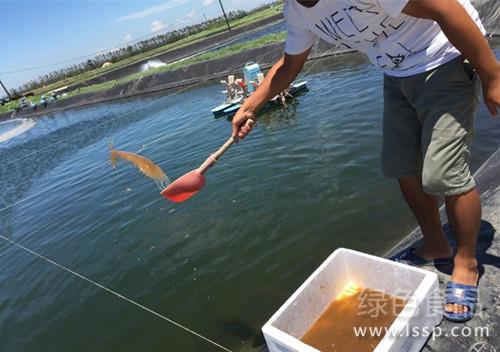Green food is more favored by the public for pollution-free feeding and management of meat pigeons
With the improvement of living standards, people have higher and higher requirements for the quality and taste of meat, so pollution-free or green meat products are favored by consumers. The following introduces the breeding and management techniques of pollution-free meat pigeons.

Meat pigeon
Site and pigeon house: pigeon farm should be selected in the place where there are no germs and "three wastes" pollution, high terrain, good drainage and sunny leeward. Because meat pigeons are timid and easily frightened, it is best to stay away from downtown areas; when building pigeon houses, they must ensure that pigeon houses are dry and clean, fresh air and good lighting and ventilation. As straw and straw are susceptible to damp and moldy and spread diseases, it is best to use brick and civil structures in pigeon houses.
Feeding method: online flat breeding is suitable for young pigeons. Compared with enclosure breeding, online flat breeding can not only ensure that meat pigeons have sufficient playground, but also isolate pigeon droppings and sundries from the playground, and reduce the incidence of disease. For the right breeding pigeons and pigeons in the breeding period, it is best to adopt three layers of cages. Keep a certain distance between pigeons to prevent cross-infection and ensure good ventilation and light transmission.
Feeding method: the most important link in raising pollution-free meat pigeons is feed preparation. Should be fed corn, sorghum, peas, wheat, hemp kernel and other feed, avoid using accumulation, pressing and other formula feed, so as not to affect the taste and quality of meat pigeons. Pollution-free breeding requires that feed is non-toxic and pollution-free, and feed that has been eaten by rats or parasites or moldy cannot be used, so we are very particular about the source of feed, and the best choice is, of course, grain from pollution-free production bases. Feed preparation and feeding methods are related to the growth and development and nutritional requirements of meat pigeons, and are closely related to the health and quality of meat pigeons, which should be paid attention to.
Health sand: health sand is an indispensable additive for raising meat pigeons, which can supplement a variety of vitamins and trace elements. Health sand should be used now to ensure freshness. Generally, coarse sand, shell powder, bone powder and red mud are mixed (enough for pigeons to feed for 3-4 days), and then the ingredients with low dosage, easy oxidation and easy deliquescence are mixed before feeding health sand every day to ensure the quality. Containers containing health sand are best made of ceramic or plastic products instead of metal containers to avoid chemical reactions between metals and health sand.
Drinking water: meat pigeons have high requirements for water, and the water supply should be clean and pollution-free, especially squab and squab, because squab lives on pigeon milk, and the water quality will directly affect the health of squab. Hygiene needs should be taken into account in the design of drinking fountains to prevent feathers and feces from falling into the water.
Pigeon bath: in addition to ensuring adequate drinking water for meat pigeons, pigeons should also be bathed regularly. Bathing can keep the feathers of meat pigeons clean, prevent the invasion of external parasites, and stimulate pigeons to secrete growth hormone and promote growth and development.
- Prev

Three taboos for feeding rabbits with vegetables
A bogey with a pile of stuffy yellow vegetables. Feeding rabbits with piles of stuffy yellow vegetables will cause nitrite poisoning in rabbits, and serious rabbits can die. Therefore, when feeding rabbits with vegetables, we must ensure that they are fresh, and the amount of each feeding is not too much, and it is best to feed them with other feeds. Second, avoid cruciferous vegetables. Cruciferae vegetables contain glucosinolates, which can produce some goiter to promote toxins, serious damage to the liver and kidney of rabbits. 3. Avoid using vegetables affected by pests. Feed vegetables infested with aphids, cabbage worms, etc.
- Next

High cost of feed for Penaeus vannamei how to save feed for cultured shrimp
High cost of feed for Penaeus vannamei how to save feed for cultured shrimp
Related
- On the eggshell is a badge full of pride. British Poultry Egg Market and Consumer observation
- British study: 72% of Britons are willing to buy native eggs raised by insects
- Guidelines for friendly egg production revised the increase of space in chicken sheds can not be forced to change feathers and lay eggs.
- Risk of delay in customs clearance Australia suspends lobster exports to China
- Pig semen-the Vector of virus Transmission (4)
- Pig semen-the Vector of virus Transmission (3)
- Five common causes of difficult control of classical swine fever in clinic and their countermeasures
- Foot-and-mouth disease is the most effective way to prevent it!
- PED is the number one killer of piglets and has to be guarded against in autumn and winter.
- What is "yellow fat pig"? Have you ever heard the pig collector talk about "yellow fat pig"?

